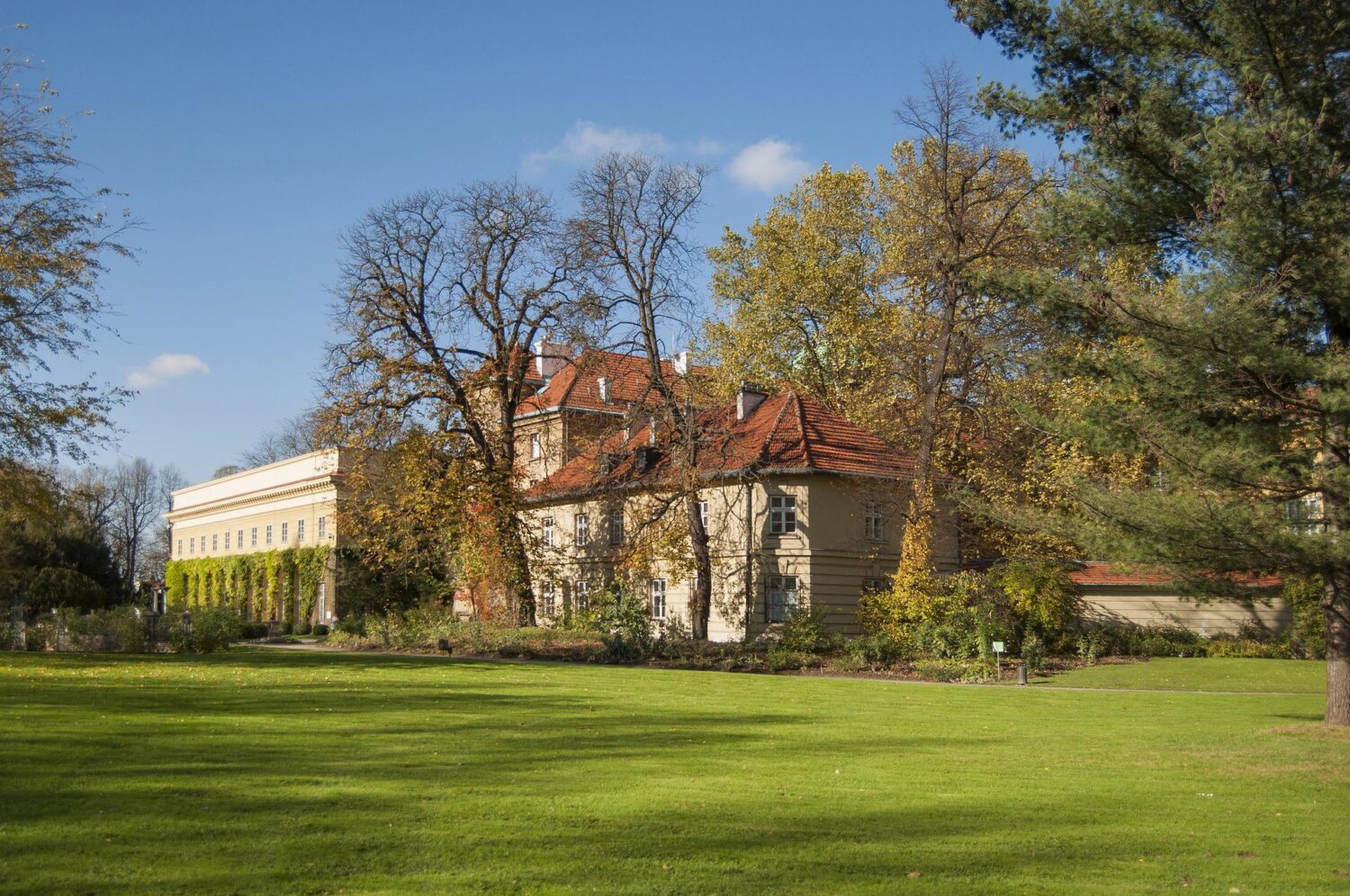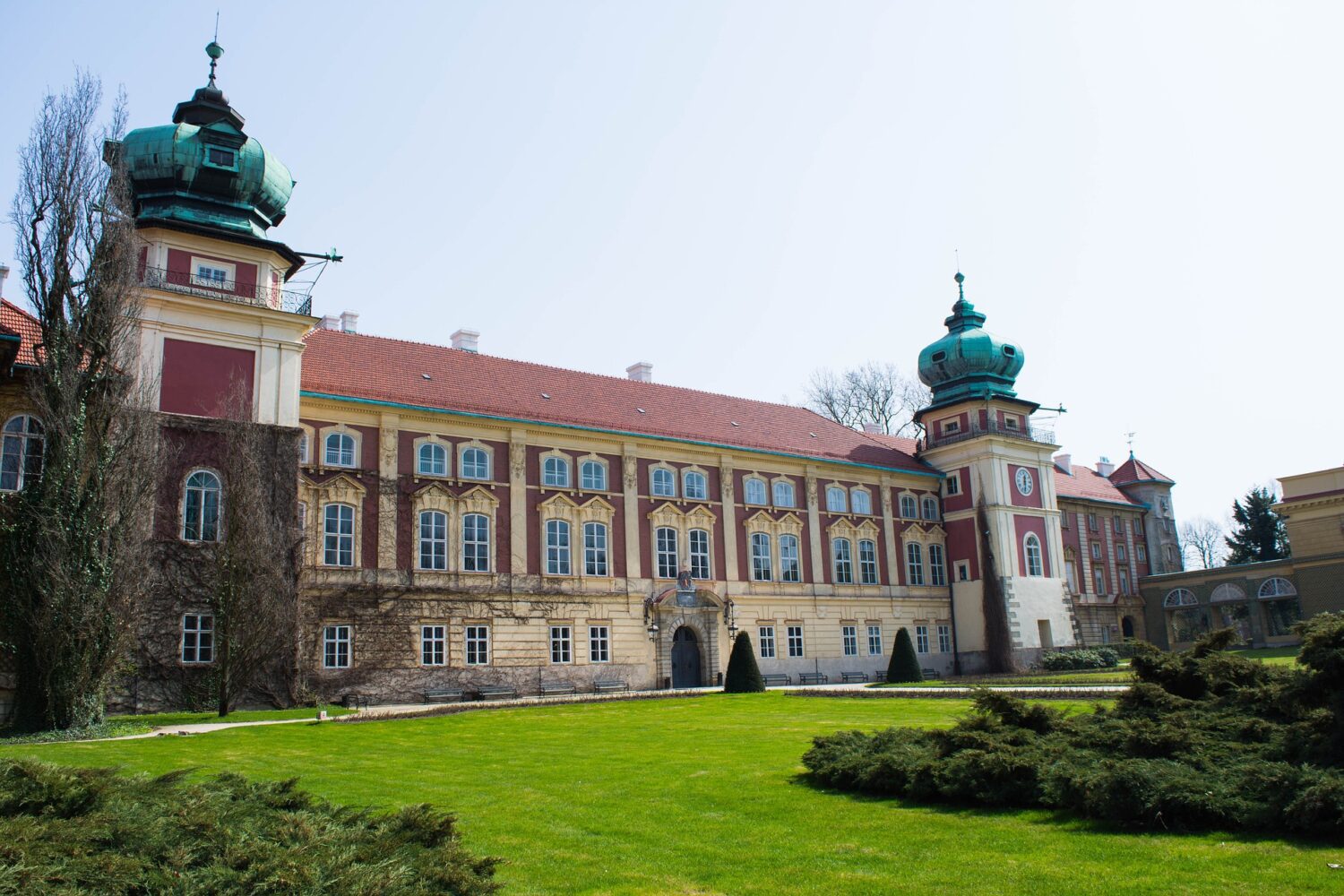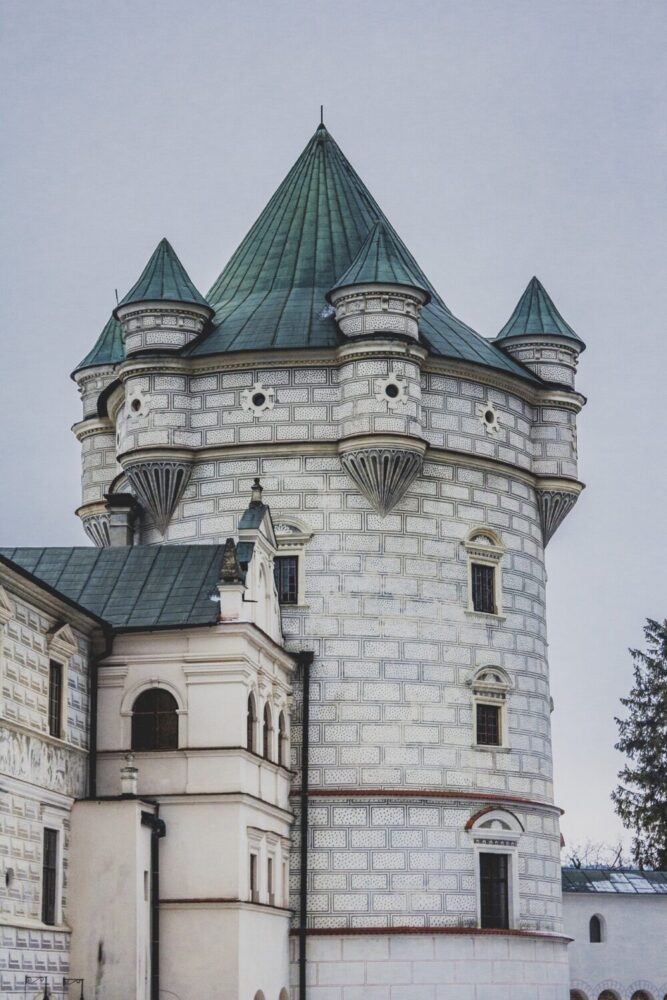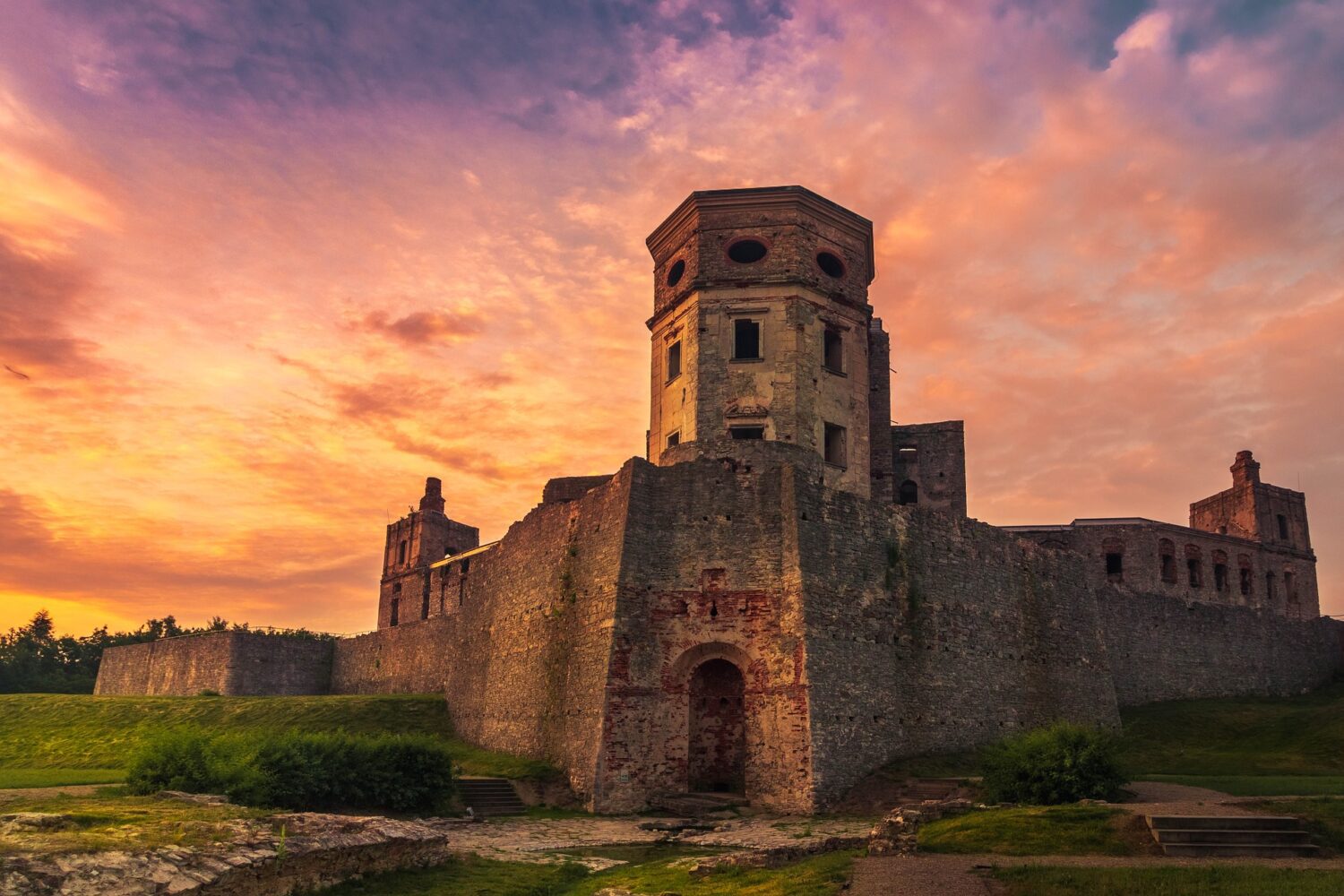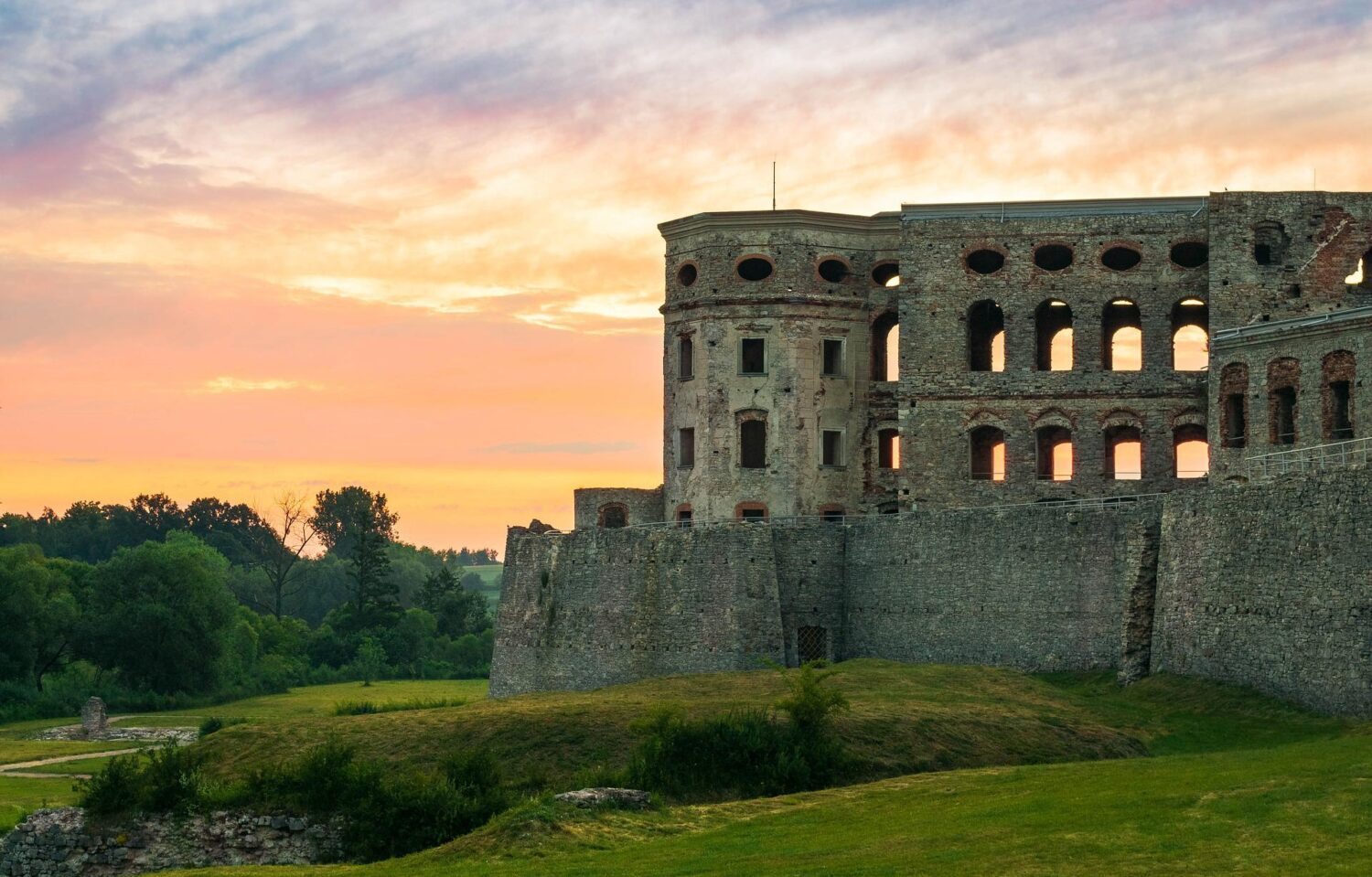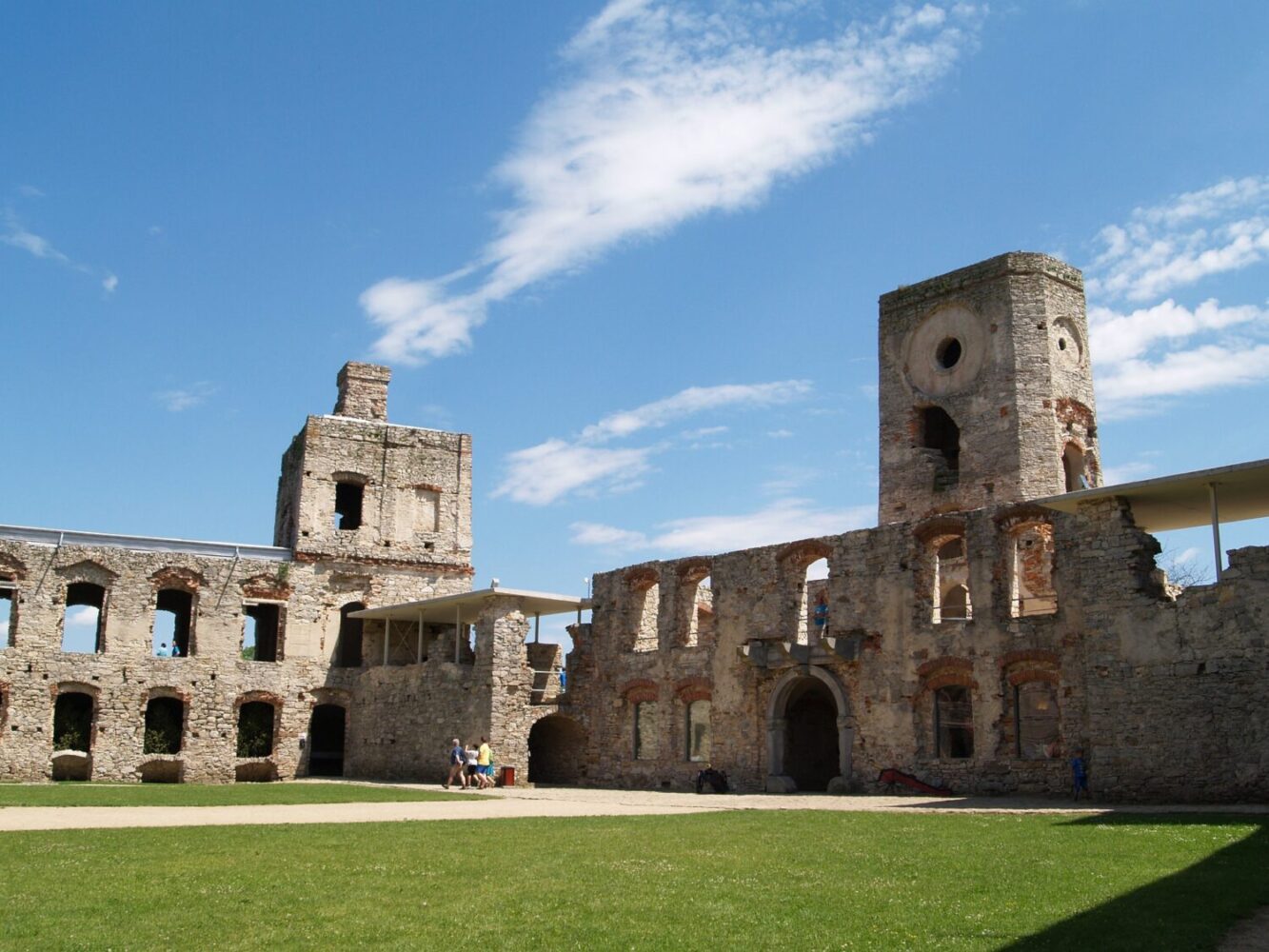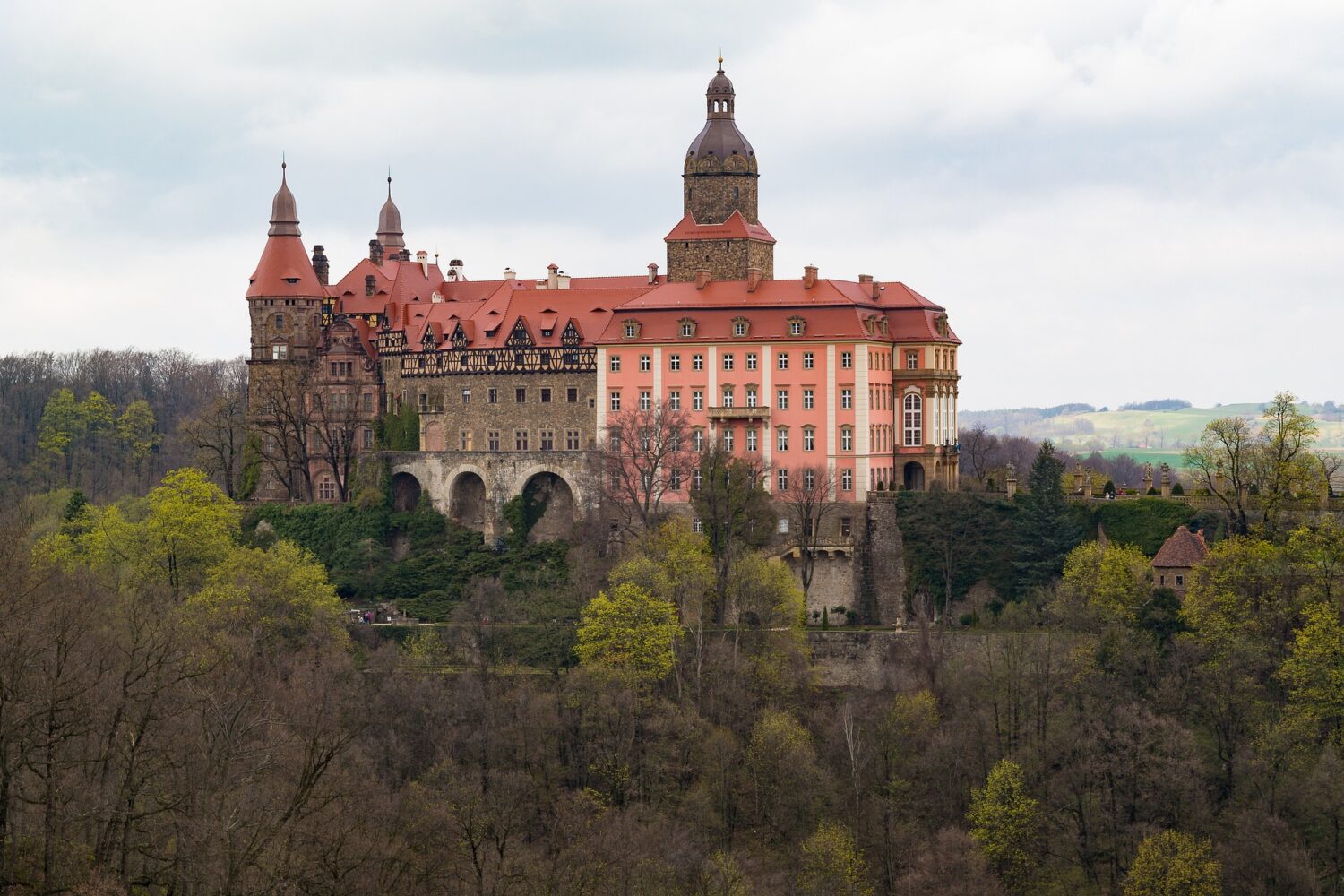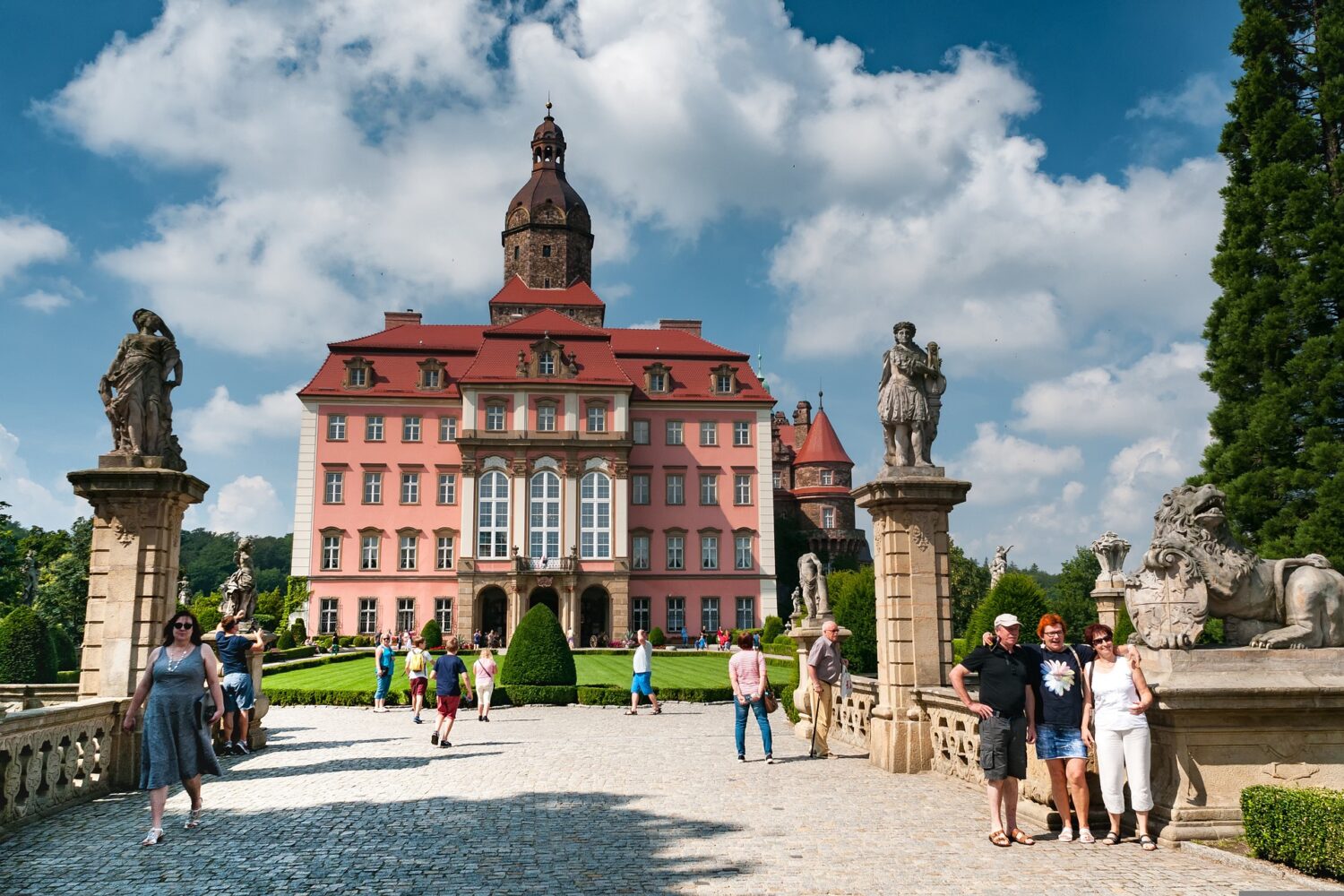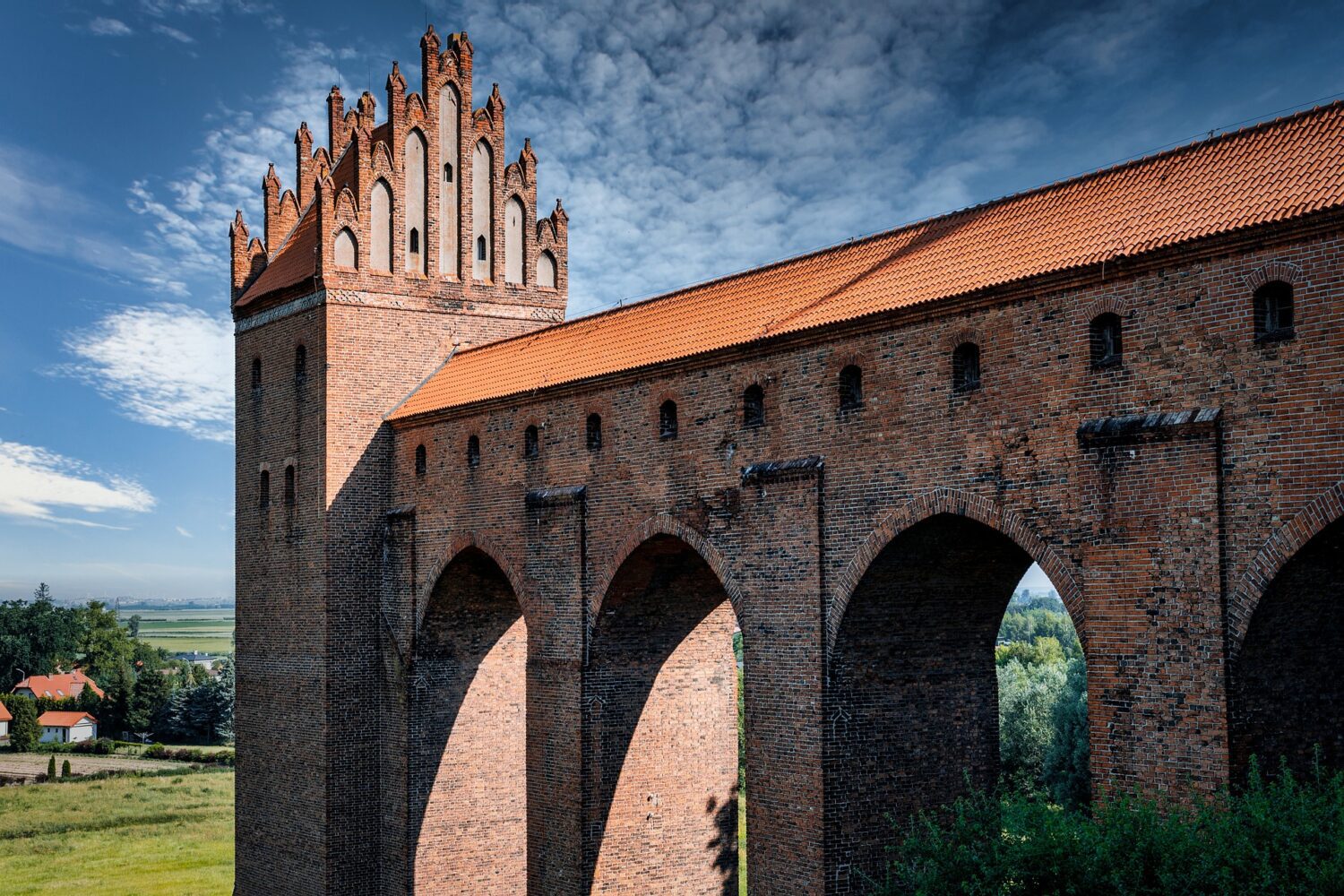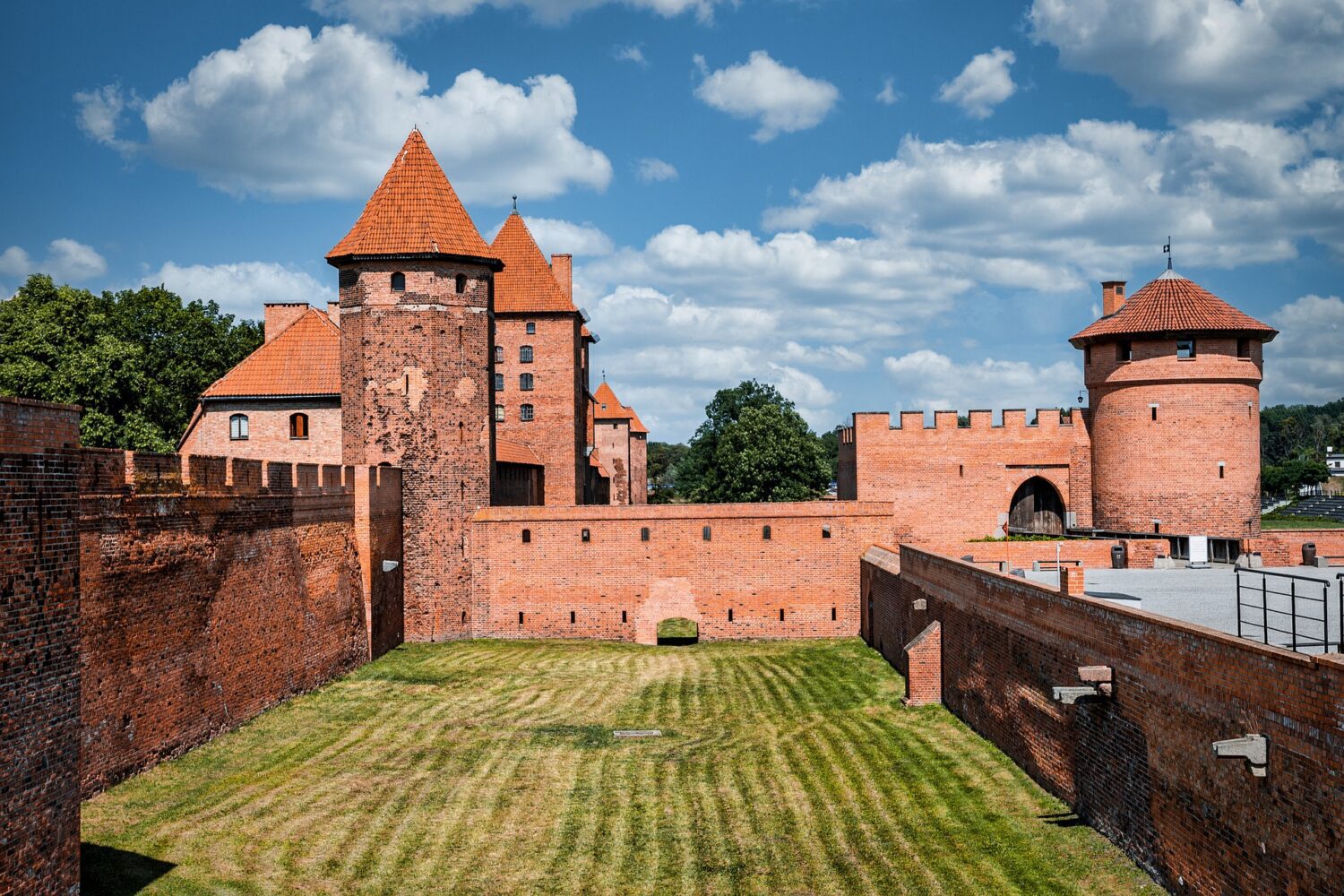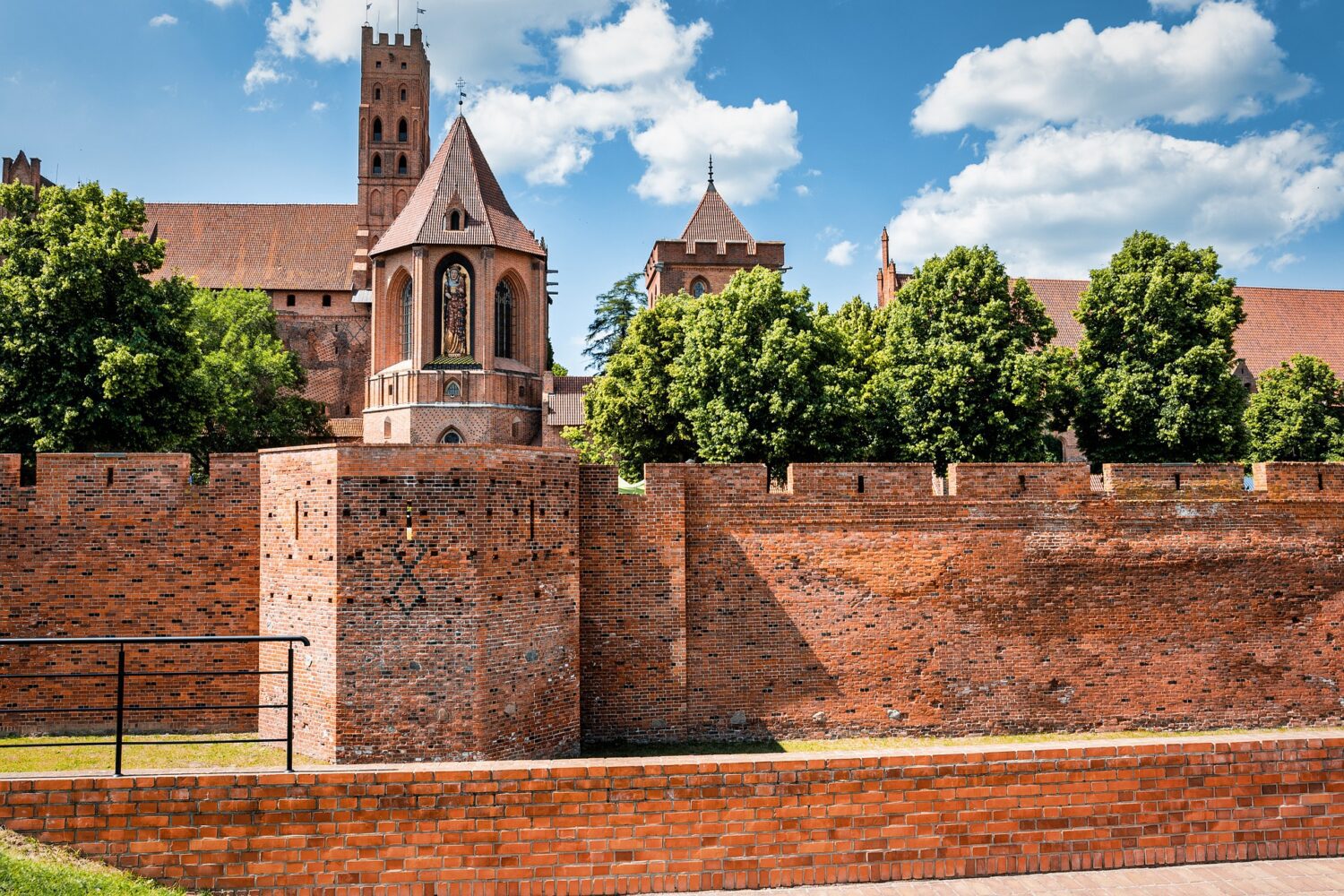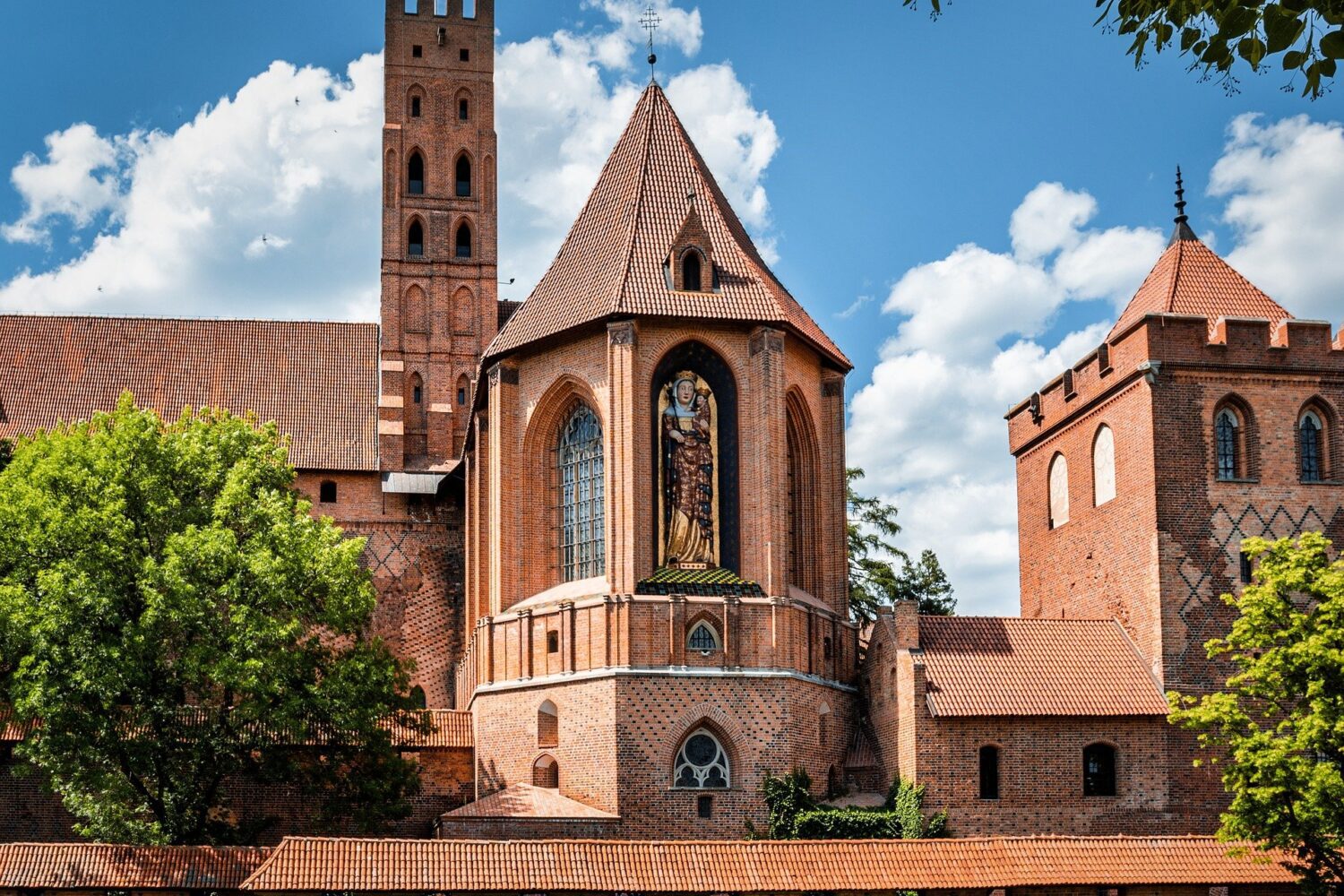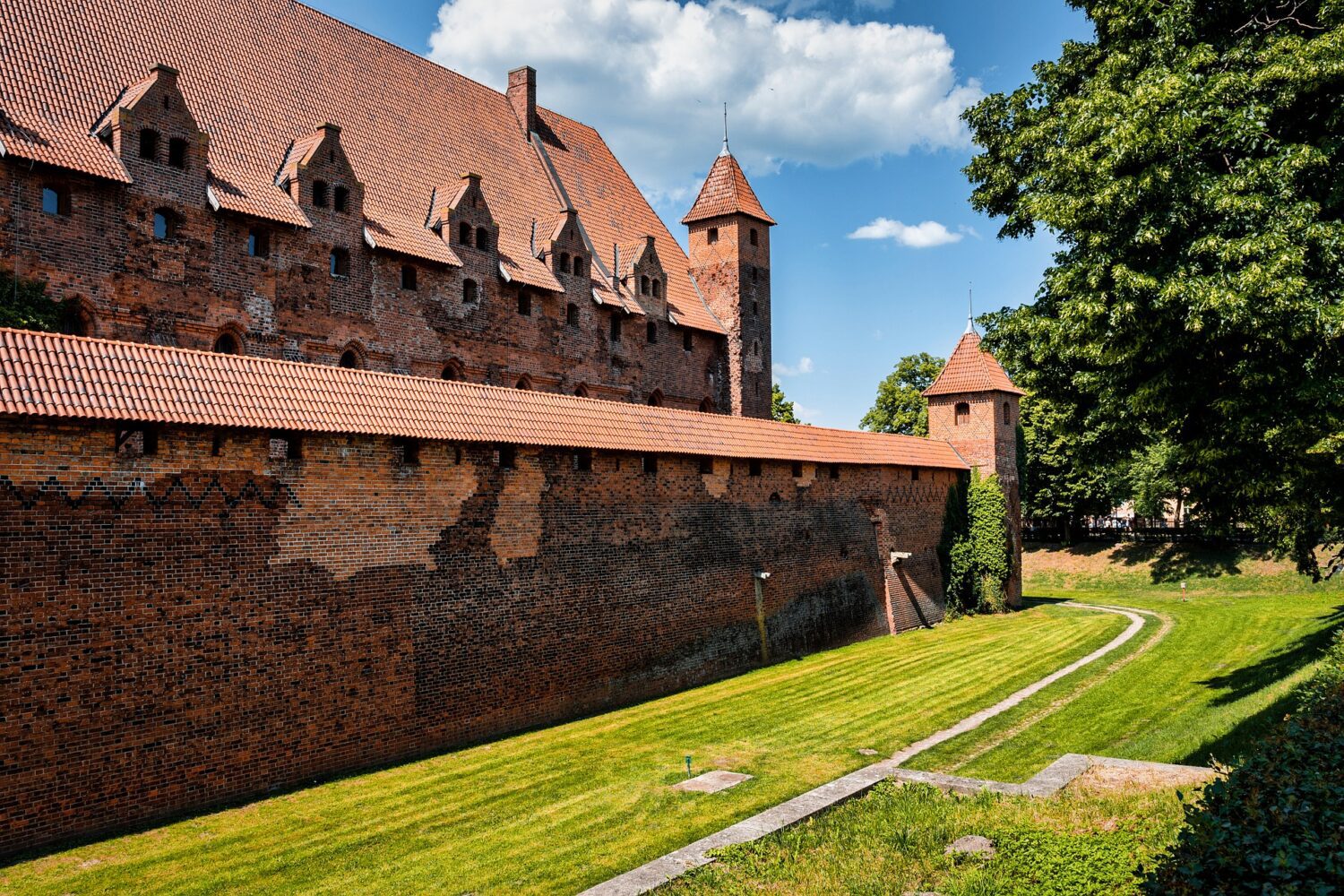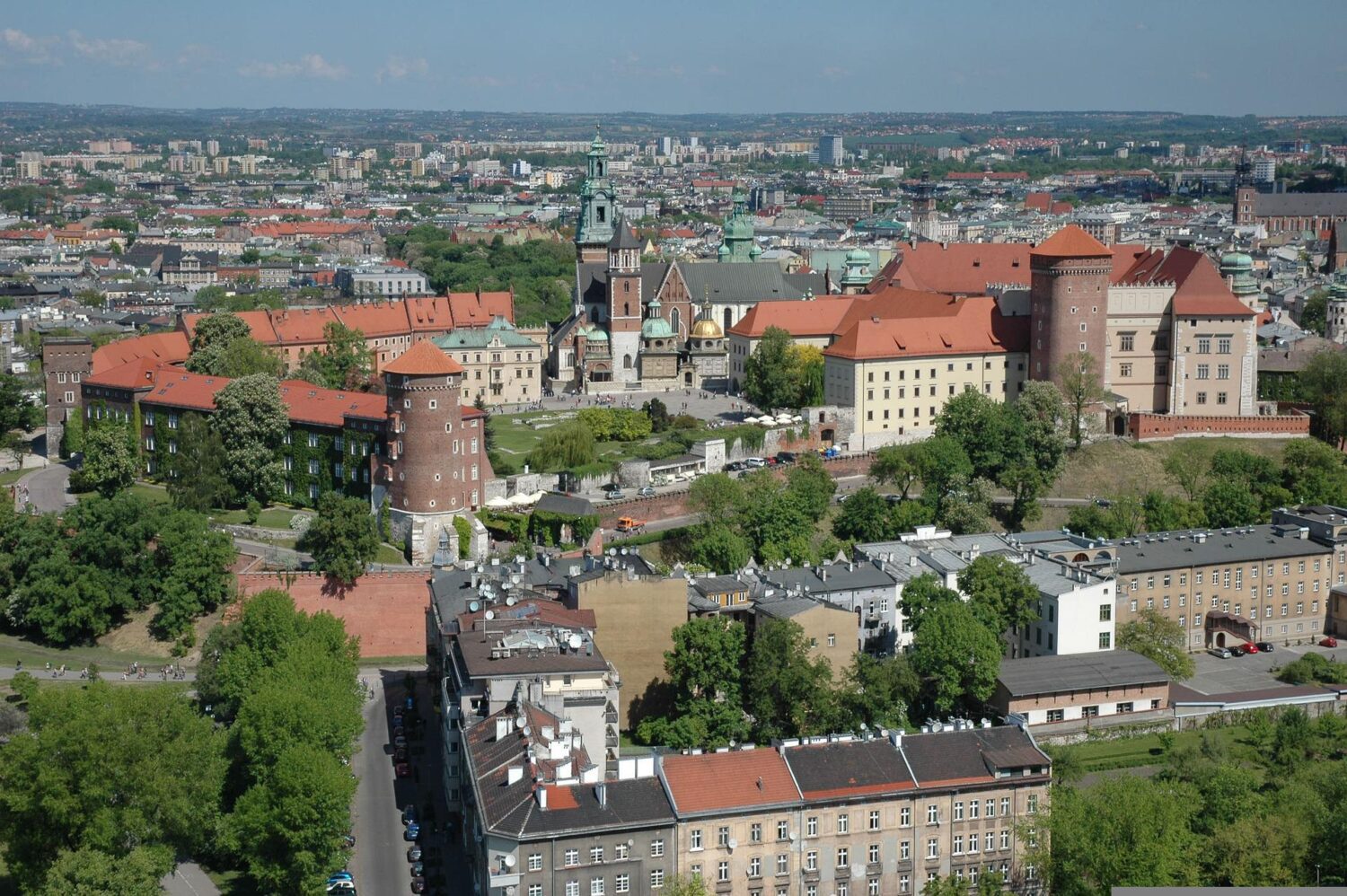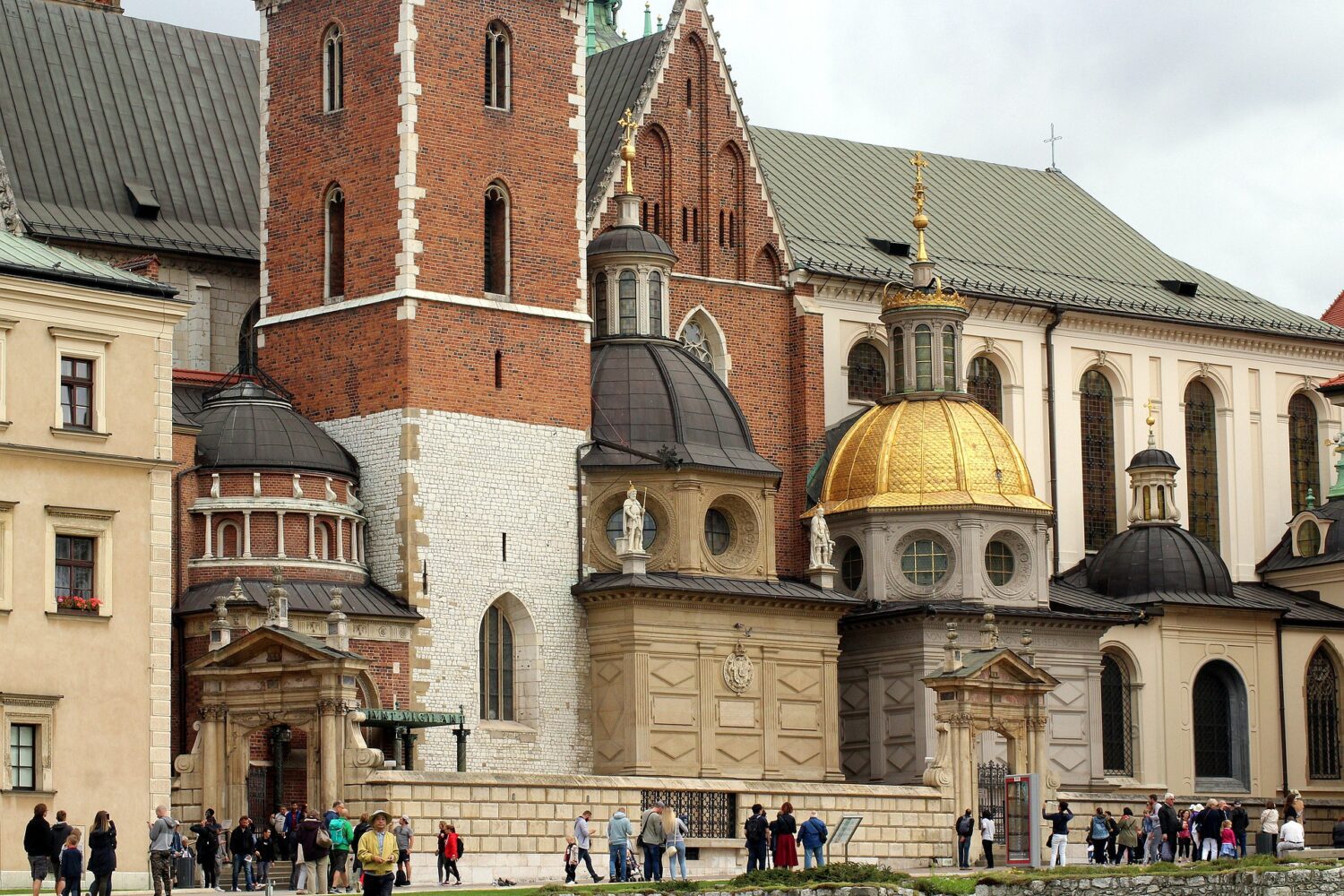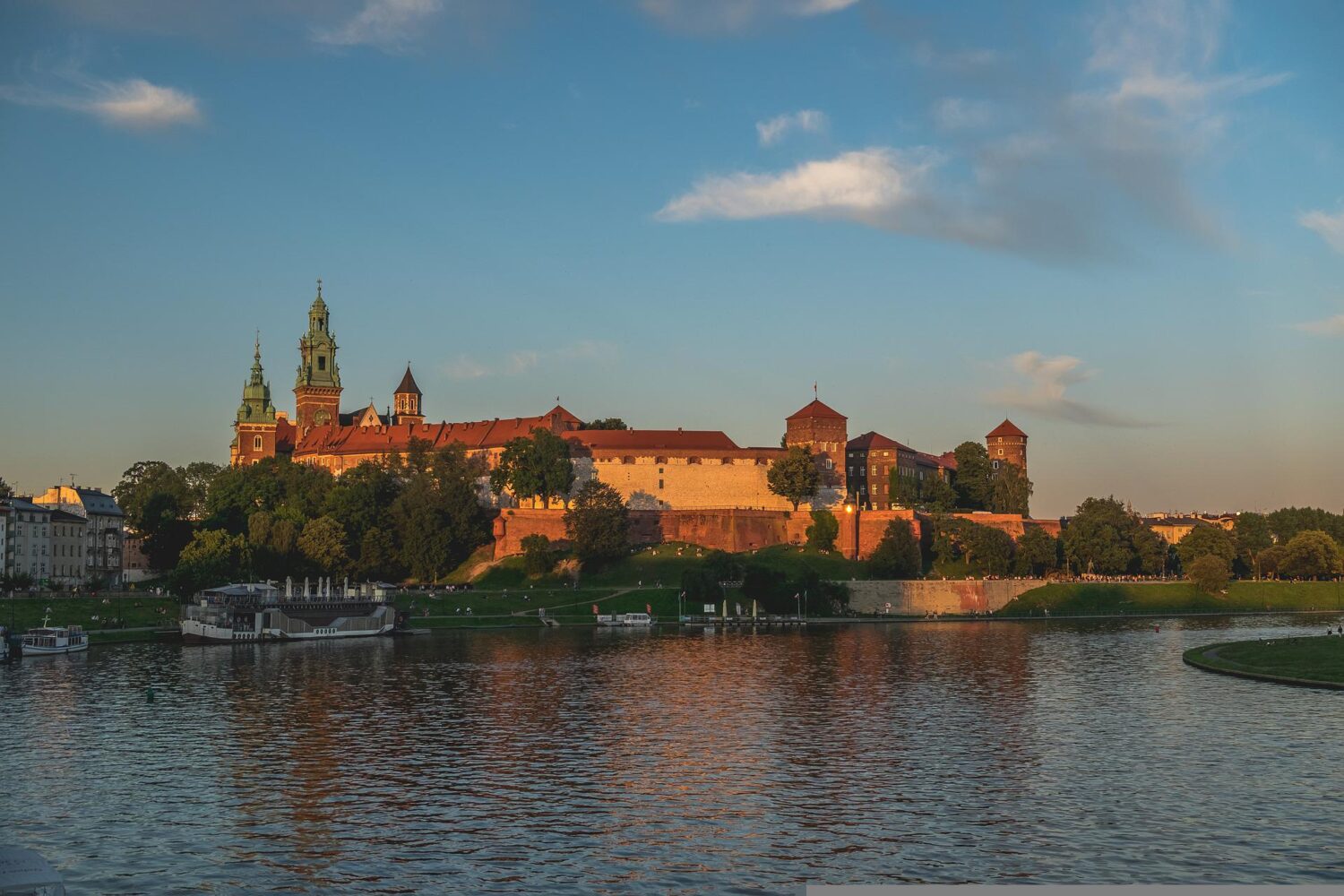Royal Castle Warsaw
Warsaw Royal Castle
Royal Castle Warsaw – updated 10 January 2023.
The Royal Castle in Warsaw is a beautiful palace located in the heart of the city. It has a rich history and is considered to be one of the most important cultural and historical sites in Poland.
The castle was originally built in the 14th century as a residence for the Dukes of Mazovia. It was later expanded and renovated over the centuries, and became the residence of the Polish kings in the 16th century. The castle was the seat of the Polish-Lithuanian Commonwealth’s government and the residence of the Polish monarchs for several centuries.
World War II
The castle was heavily damaged during World War II, and the palace was rebuilt in the 1970s and 1980s to its former glory using old plans, drawings, paintings and photographs. Today, the castle serves as a museum and cultural center.
Wooden stronghold
The very first version of the castle was actually a wooden stronghold dating back to the 14th century built for the dukes of Mazovia and since then it has been the residence of Polish kings in addition to being the home of the president and also the seat of parliament.
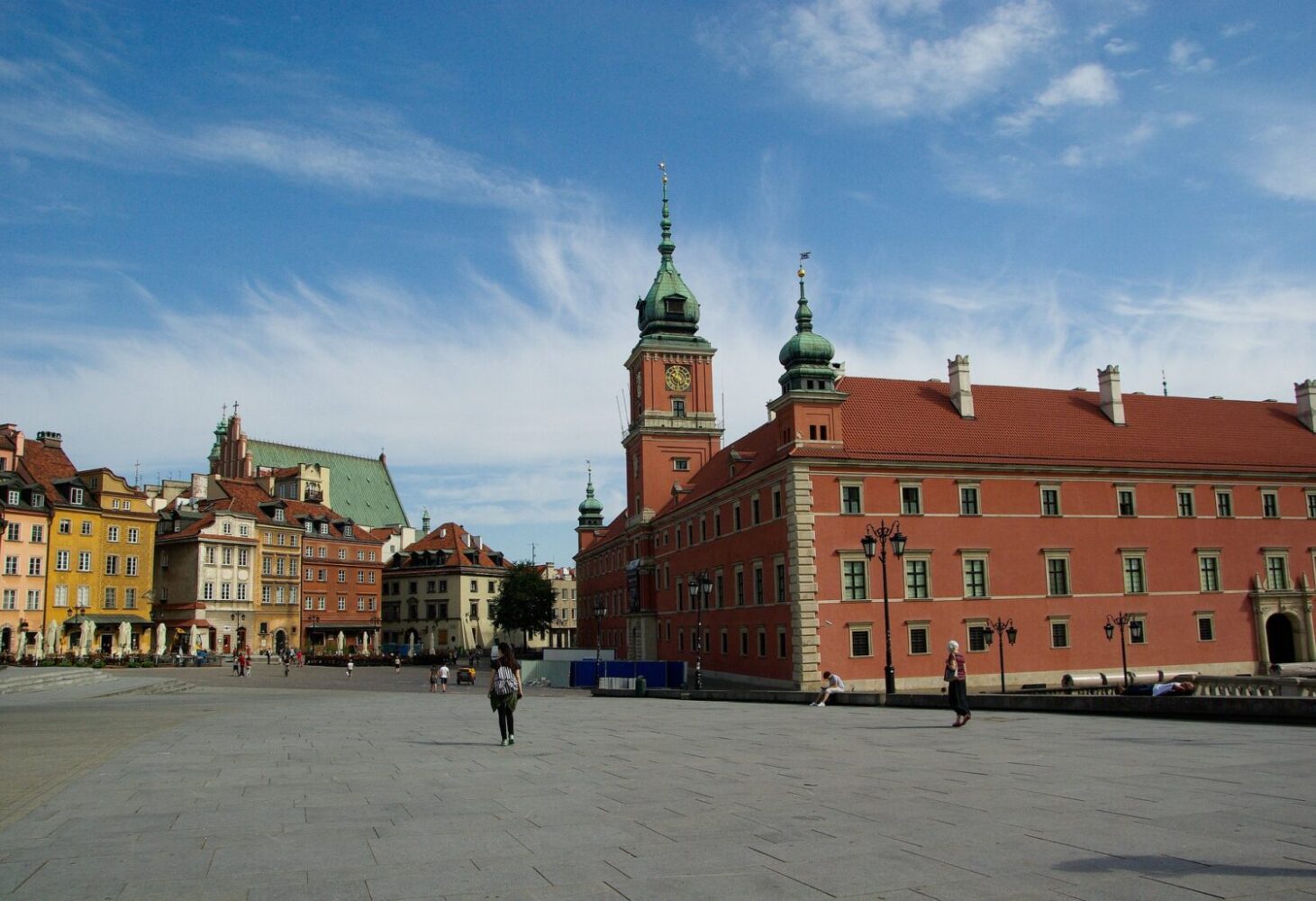
17th century
Back in the 17th century Royal Castle Warsaw was one of the most splendid royal palaces in Europe and today; it is filled with authentic furniture from that period and many original works of art.
Reconstruction
Reconstruction of the castle did not start until 1971 and took 13 years to complete at immense cost with the majority of the funds having been donated from exiled Poles. During the reconstruction, bricks and rubble from the original structure were used.
Interiors
The castle’s interiors are particularly impressive, with ornate rooms, including the Great Apartment, which features frescoes and stucco decoration, and the Royal Chapel, which is home to a beautiful Baroque altar and frescoes. The castle also has a number of art galleries and exhibition halls.
Guided tours
The Royal Castle is a popular tourist destination and is open to visitors year-round. Visitors can take guided tours of the castle to learn more about its history and see its many rooms and features. The Castle Square, where the Royal Castle is located, is also a vibrant part of Warsaw’s Old Town, and it’s a great place to start exploring the city.
The highlights of the tour are the Great Apartments, which includes the Great Assembly Hall and lavishly decorated Throne Room and the King’s Apartments.

Rembrandt
Within the King’s Apartments is the Canaletto Room where you will find 22 paintings by Bernardo Bellotto, an Italian urban landscape painter who was known in Poland as Canaletto. This room also houses the Lanckoroński Collection, which includes two portraits painted by Rembrandt.
The King’s Apartments are adorned with many paintings depicting famous Polish events which hang alongside maps depicting a golden time when Poland stretched from the Baltic Sea to the Black Sea.
Tadeusz Kościuszko
During the tour, you will also visit the chapel with an urn containing the heart of Tadeusz Kościuszko, a Polish hero.
Ghost story
As is the case with many castles in Poland, there is a ghost story. In this case we have a White Lady who appears from time to time in some of the castle halls. Legend states that her appearance is linked to imminent danger.
The French Baroque Royal Gardens are delightful and can be found at the rear of the castle near the river.
It’s also worth mentioning that the Royal Castle is one of the most important symbols of Poland and Warsaw and it played a significant role in the country’s history, both in its past and its modern history, it is definitely a must-see location when in Warsaw.
